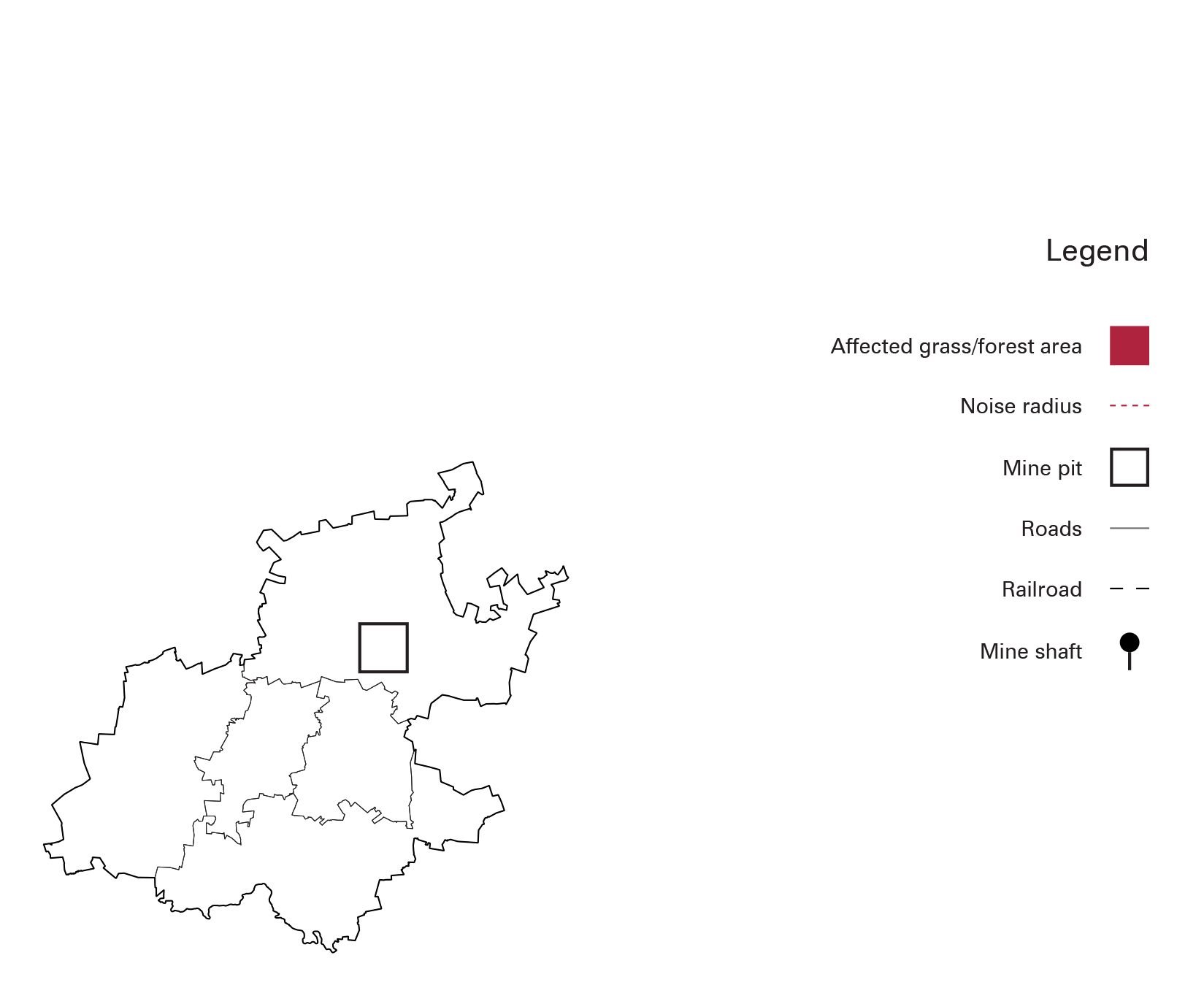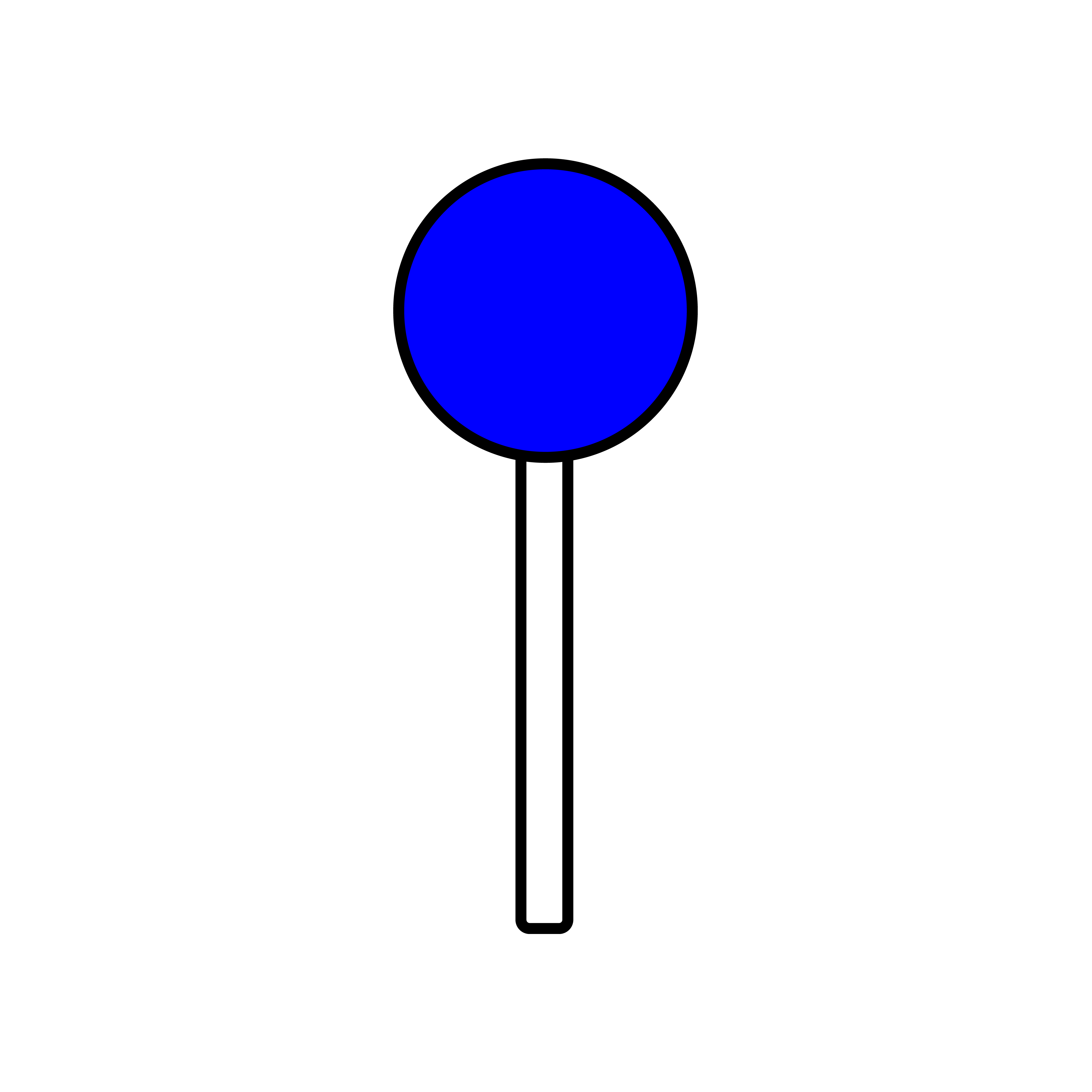

Case Study 2: Diamond
Cullinan
The Cullinan mine is an open-pit mine that was discovered in 1902. It is the source of large, high-quality gem diamonds, with a production of 1,9m carats in 2021. Mining activities cause particle pollution, water pollution, and noise pollution and affect the local flora and fauna, farmers and residents (mainly of the Refilwe town). The most prominent issue however is related to the labour conditions. The Kimberlite pipe, from which the diamond is mined, contains asbestos. During mining activities, particles are released into the air. Workers are at risk and can develop several cancers, its actual impact is never researched.
This visual portrays the activities and environmental impact of the diamond mine on the region of Cullinan. Diamonds mines produce several forms of pollution in terms of air quality, water pollution, traffic, noise and loss of fauna and flora. Although, the most prominent inssue is addressed to labour conditions. Asbestos is associated with South African diamond mines due to the nature of kimberlite and the location of the diamond mines in relation to asbestos deposits. By craking stones, diamond mine workers are at risk of asbestos exposure and, thus, of developing asbestos-related diseases.





